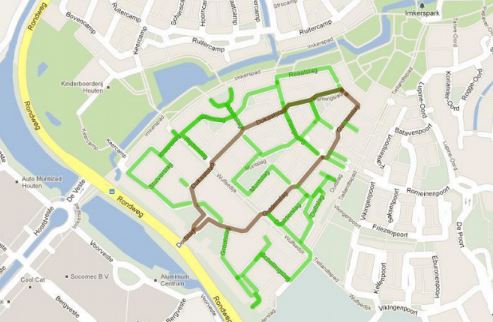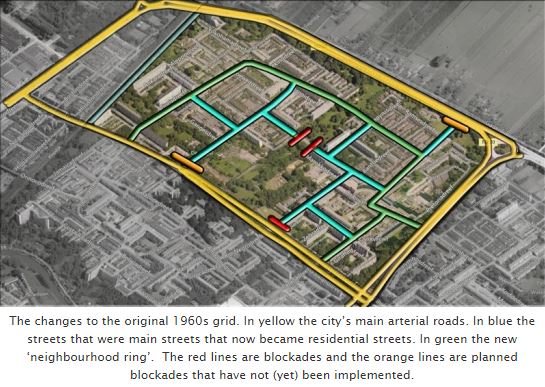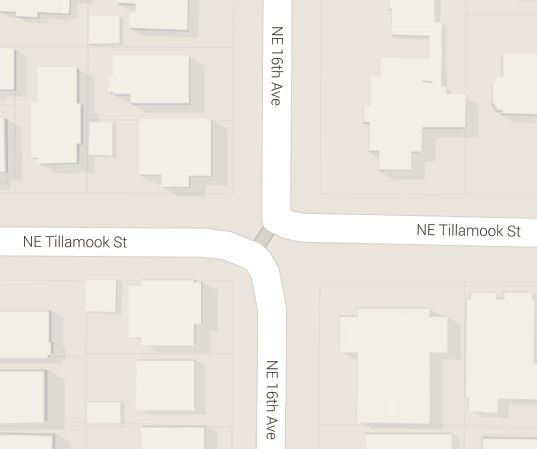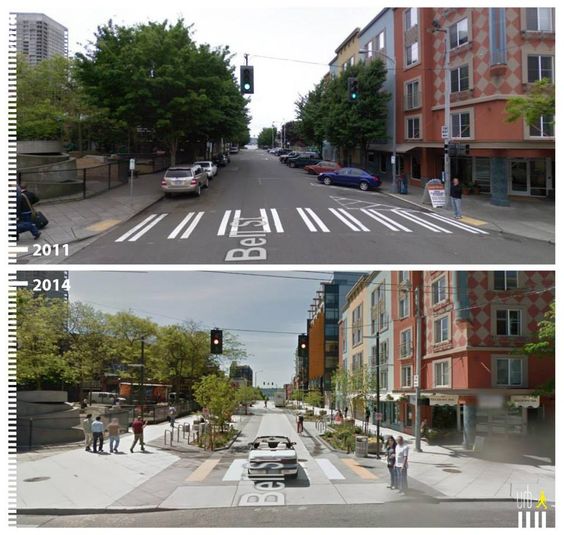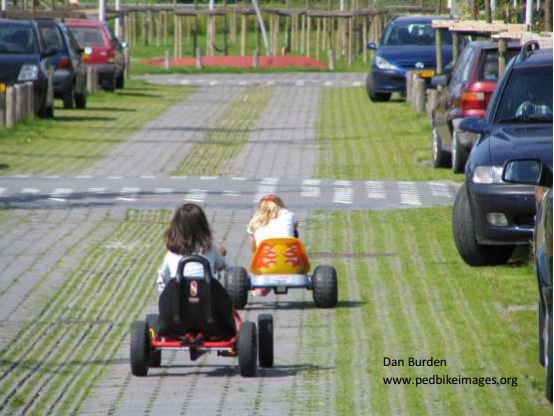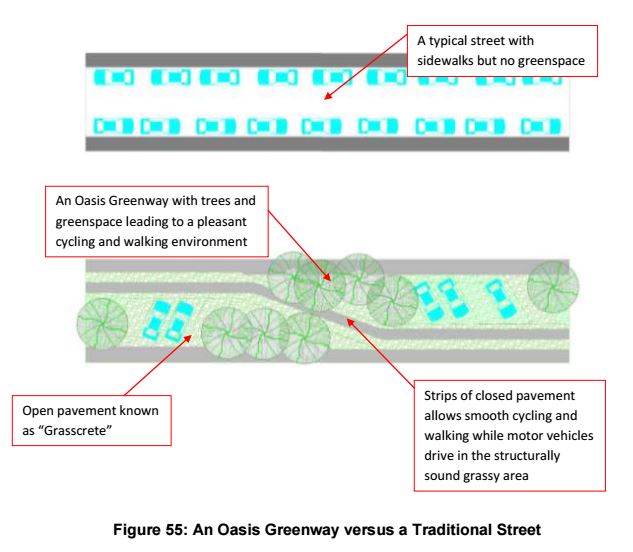I have been thinking about ways to change traffic signal timing in order to improve safety. While I see the value in making changes to traffic signal timing, I would need to work with a traffic engineer to actually implement my ideas. Due to how retiming traffic signals can produce a high return on investment, I am surprised that I have not blogged about this topic before. Since motorists almost hit me daily when I am walking through a Highway 213 intersection near my home, I should contact the Oregon Department of Transportation (ODOT) about programming Leading Pedestrian Intervals (LPI) within the signal timing of this intersection.
What is a Leading Pedestrian Interval?
The below graphics from this page in the Urban Street Design Guide, which is produced by the National Association of City Transportation Officials (NACTO), show what an LPI is and how it improves safety. Yes, I realize that motorists would be forced to wait for pedestrians to cross the intersection. Legally, motorists are already supposed to yield to pedestrians. While motorists may not support adding an LPI because many motorists are impatient, I hope they see the value of improving intersection safety.
LPIs have been shown to reduce pedestrian-vehicle collisions as much as 60% at treated intersections.
NACTO
What is Transit Signal Priority?
Due to how Transit Signal Priority (TSP) has been proven to reduce traffic congestion, I believe this is beneficial to all road users. The below graphic, which can be found here, from the Chicago region’s Regional Transportation Authority shows what TSP is and its benefits. While the Portland region does not have a cool infographic like the Chicago region, I am still excited about Portland’s Rose Lane Project. As someone who works in Clackamas County, which is south of the main area of Portland (a small section of Portland extends into Clackamas County), I wish the Rose Lane Project did not end at Portland’s city boundary. My main concern is how the jurisdictional transfer of 82nd Avenue from ODOT only includes Portland’s section of 82nd Avenue. Clackamas County’s section of 82nd Avenue is still owned by ODOT, which means that ODOT has to agree to any changes.
One element missing from the RTA graphic is a bus-only lane. Thankfully, NACTO includes bus-only lanes on this page about Active Transit Signal Priority within the Transit Street Design Guide. In case you are wondering, painted bus-only lanes are not good enough to create world-class Bus Rapid Transit (BRT). I refer to painted bus-only lanes as BRT-lite mostly because single-occupancy vehicles often end up in painted bus-only lanes. World-class BRT requires physical separation from single-occupancy vehicles. I recommend reading about world-class BRT in other countries.
Bike Signal Countdown Timer
While few people bike where I live, I still want to include my wish for bike signal countdown timers in Oregon City. As I wrote in this 2015 post, Portland has one wacht signal (wacht is Dutch for “wait”).
Next Blog Post
The topic of my next blog post is a surprise. Since I usually go on a vacation during the summer, could the surprise be about a future vacation?









